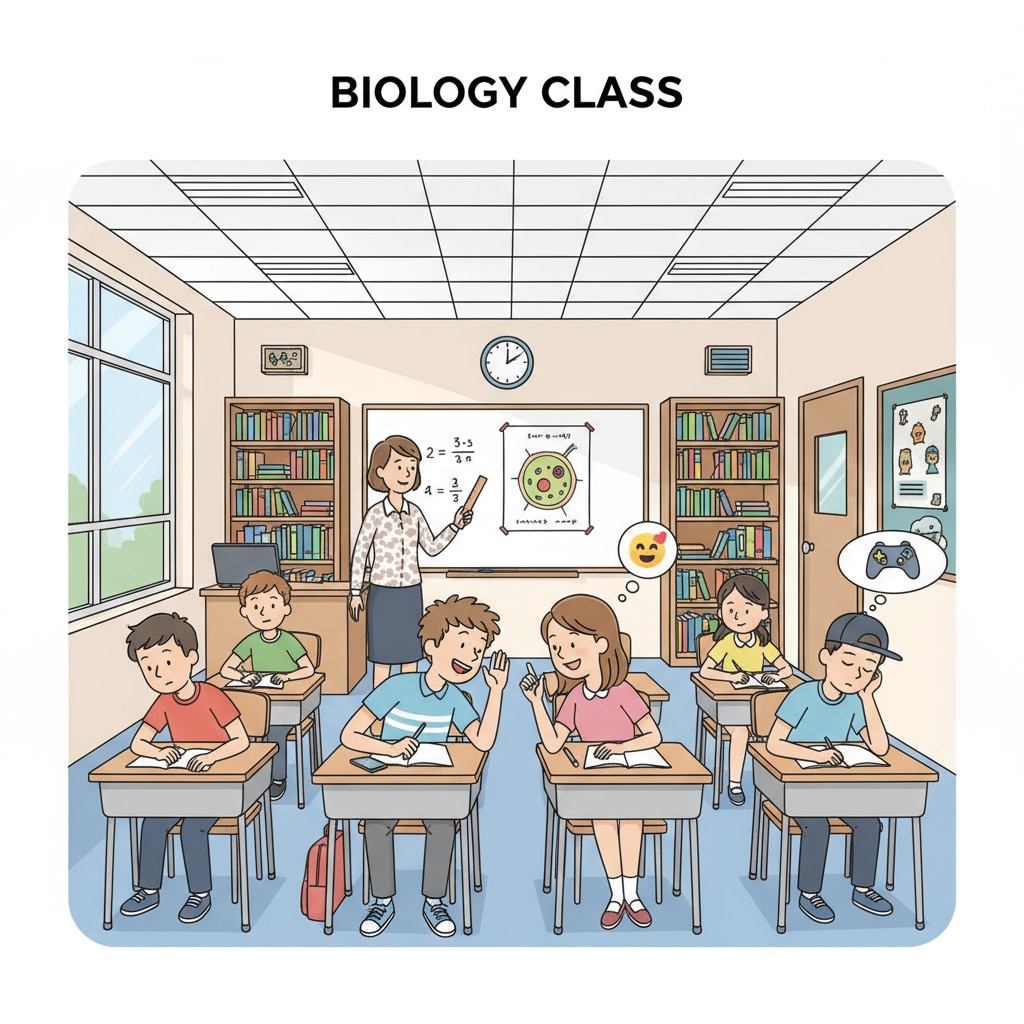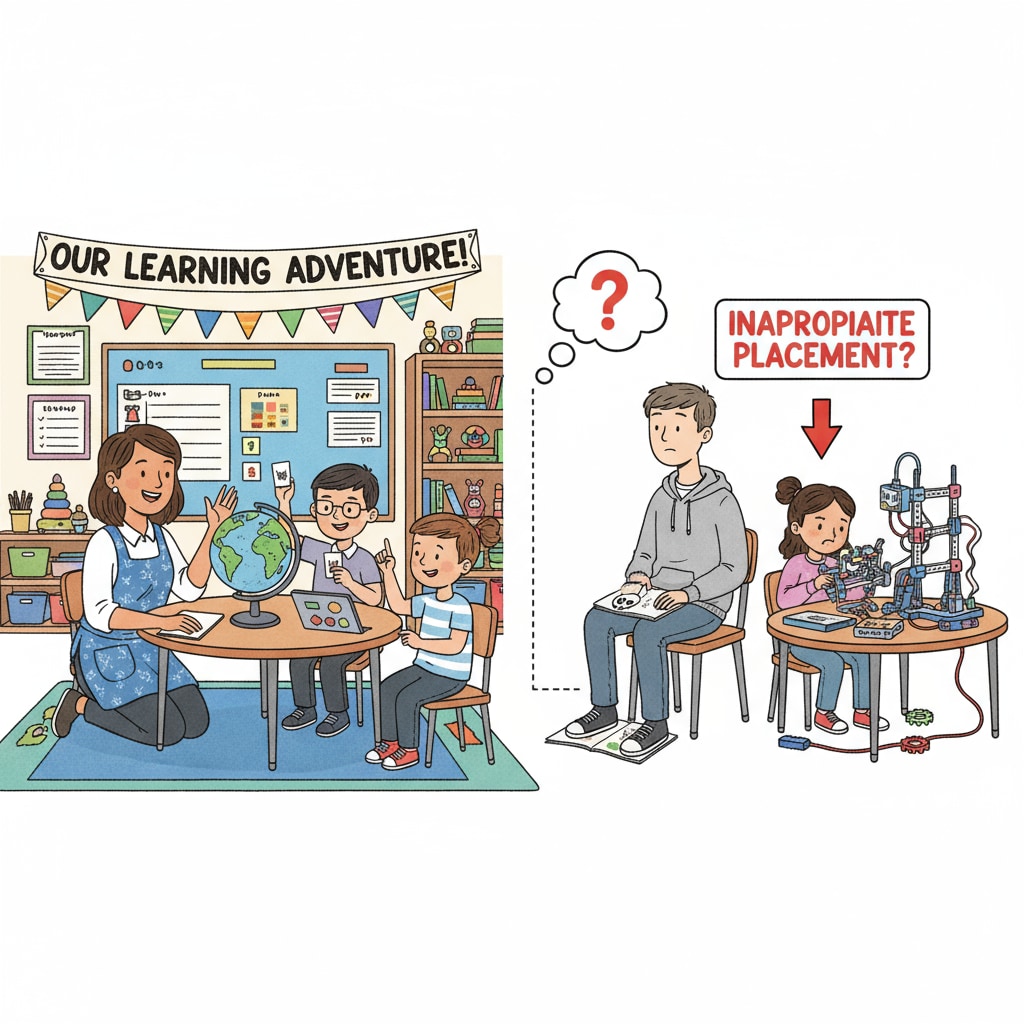In the realm of education system, the issues of student diversion, class management, and teaching quality are intertwined, and currently, a concerning phenomenon is emerging. Regular classes and special education classes within the K12 education system are being inadvertently transformed into “placement places” for students who are uninterested in learning. This trend has far – reaching implications for the overall educational environment.

The Unintended Transformation of Classrooms
Schools often face the challenge of dealing with students who lack motivation to learn. Instead of implementing targeted strategies to re – engage these students, an unfortunate practice has emerged. Regular classrooms, which are designed to provide a standard curriculum to eager learners, are now being used as a dumping ground for unmotivated students. For example, a teacher in a regular English class may find that a significant portion of their time is spent managing the behavior of students who are not interested in the subject, rather than delivering quality instruction. This misallocation of resources has a direct impact on class management. As per National Education Association, teachers are struggling to maintain order and teach effectively simultaneously.
The Impact on Special Education Classes
Special education classes, which are meant to support students with specific learning needs, are also not spared. These classes are now being filled with students who are simply unmotivated, rather than those with legitimate special educational requirements. This not only disrupts the learning environment for students who truly need specialized attention but also strains the limited resources available in special education. According to California Department of Education, the inappropriate placement of unmotivated students in special education classes has led to a decrease in the quality of support provided to students with disabilities.

The consequences of this practice are dire. The overall teaching quality in both regular and special education classes is declining. Teachers are exhausted from dealing with behavioral issues, leaving them with less time and energy to plan engaging lessons. Moreover, the educational opportunities of students who are eager to learn but may not be suited for highly advanced courses are being squeezed. These students are getting lost in the shuffle as the focus shifts to managing unmotivated students.
Readability guidance: As we can see, the problem of classrooms being used as “placement places” for unmotivated students is complex. We need to address it by improving student diversion methods, enhancing class management strategies, and ultimately, safeguarding the teaching quality in our education system. This requires a collective effort from schools, teachers, and policymakers.


